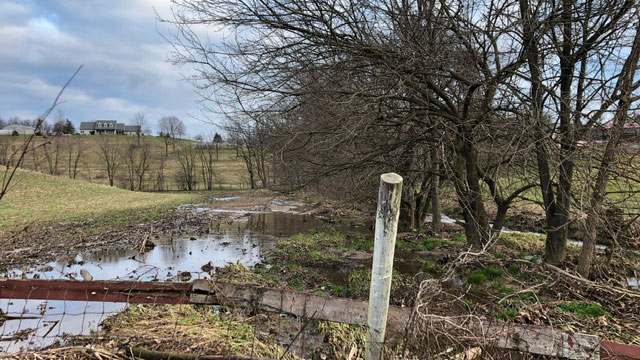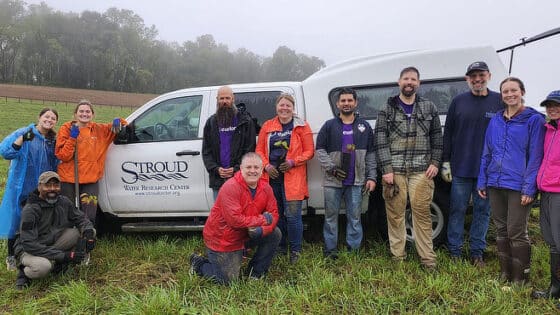By Lamonte Garber and Sarah Xenophon
Even before COVID-19 overwhelmed the nation and its local businesses, there were extreme pressures on farming operations to stretch their yields as far as possible. To increase yields, many farmers have turned to expanding their cropping acreage. In some cases, this means operating more rented ground, in others, this leads to the cropping of marginal ground to squeeze out just a few more rows. In certain instances, these tactics might pay off. However, often, the results of harvest can be very deceiving.
A farm in the second situation, cropping marginal stream-side acres, might experience fuller grain bins or higher total yields across the farm. This would seem like a good thing, as higher yields are often associated with more money. However, in many cases, farms that have had whole-farm financial and yield analyses completed, find that those fields could be costing the farm more money than they are producing. How is this possible you might ask?

Flooded crop field in northern Lancaster County. Photo credit: Sarah Xenophon
Consider planting corn through 20 acres of marginal and/or wet fields. Let’s say the farm spends between $400-$600/acre including seed, fertilizer, chemical, custom hire, rent, and overhead. Now, if there’s a flood in late summer, which wipes out 75% of those acres planted, in this case 15 acres of the original 20 acres, losses could be anywhere from $6,000 to $9,000 on those flooded fields. Assume the grain bin shows five extra acres worth of corn compared to last year. If those five acres produced around 180 bushel of corn per acre and sold at $3.70/bushel, that only gives you $3,330 to make up the loss. So, even though you have more total corn at the end of the year, you’ve lost a net of anywhere from $2,670 to $5,670!
Sometimes situations which cause crop loss can be hard to predict, but in other cases, a proper yield and soil analysis can improve your chances of spending less or making more on the crops you grow. A program designed just for that purpose has recently been created by Stroud Water Research Center’s new soil and stream health grant, supported by the National Fish and Wildlife Foundation.
This program aims to help farmers understand their yields at a field level, whether those fields are in corn, soybeans, or various other crop rotations, to determine how much financial gain or loss a farm is experiencing due to planting crops in marginal, stream side fields.
The benefits from this program will be three-fold for each farm, given that once a farmer has information related to their field performance, the grant will support transitions of those fields into streamside woods, which can potentially provide longer term profit down the road.
On top of saving money and transitioning fields to woods, this program also offers bonus payments of $4,000 per acre of woods planted (up to a cap of $20,000) to go towards other farm improvement projects related to conservation. Funds in the past have helped farmers manage their manure more efficiently, improve herd health, begin no-till and cover crop practices, and even cover the cost share for other programs such as Natural Resources Conservation Service’s Environmental Quality Incentives Program.
The funding provided by this program can help farmers improve their bottom lines and reduce their costs, while also protecting vital property resources, such as soil health and water quality. In addition to this program, Stroud Center offers several other opportunities to match farmers with other local Ag mentors and experts for transitioning fields to no-till or cover cropping practices, which can help farmers succeed with new techniques.
For more information about this program and other Stroud Center offerings, please contact Lamonte Garber.
This article first appeared in the May 2020 issue of Penn State Extension’s Dairy Feed Management Newsletter.



